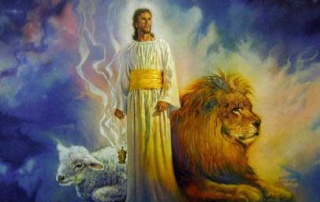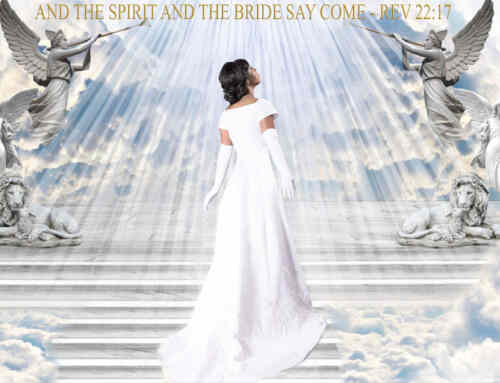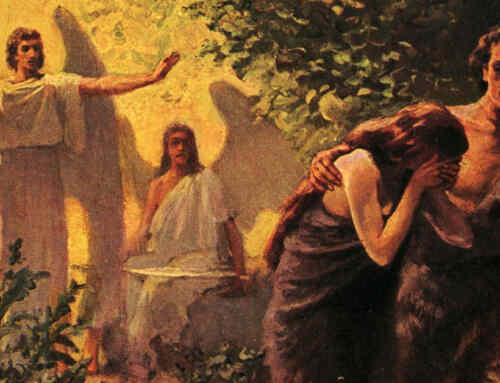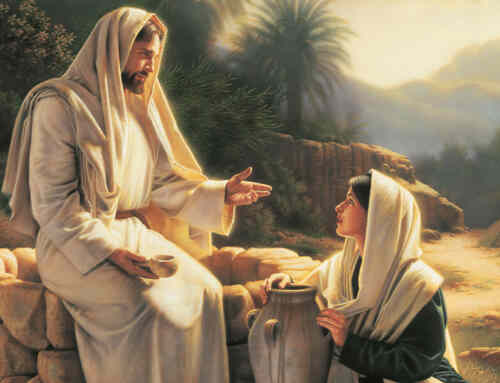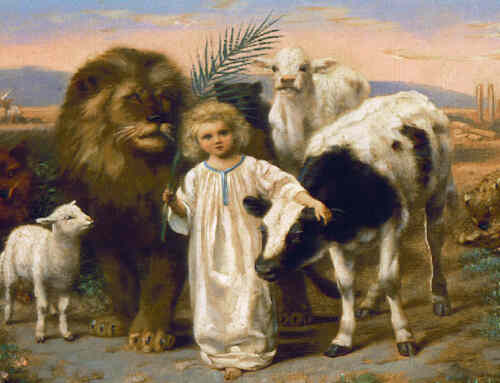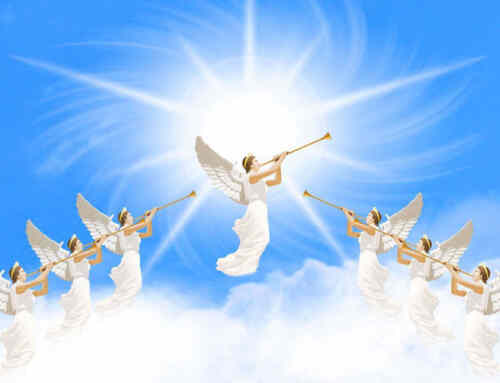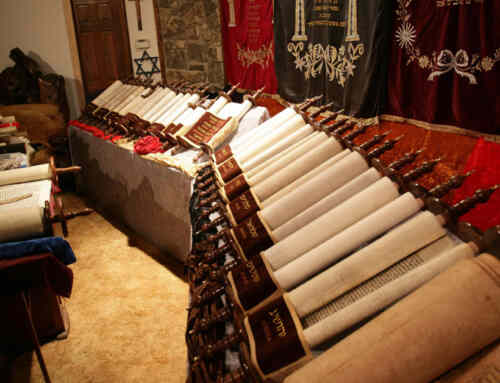What helps us understand the meaning of Revelation chapter 6 is what happens in chapter 5. There Jesus is given a scroll by God that is written on both sides and sealed with seven seals. Then in chapter 6, the Lamb (Jesus) begins to open the seals. Because of the progressive nature of the account, the horses represent the gradual corruption of Christianity as it developed down through the age.
Upon opening the first seal a white horse appears. White is the color of purity. Here it depicts the relative purity of the early church. However, it says, the rider “went forth conquering and to conquer.” History tells us there were men of great ambition who rose up early in Christianity. They saw the growing church as a means of gaining power and influence. So, although the horse was white, its rider controlled it in a way that was eventually unapproved by God and hurtful to sincere Christians.
That original purity of the early church then degraded even more with the second red horse. The color red is connected with the flaming red of Pagan Rome. It corresponds to the time Christianity was adopted as the religion of the Roman Empire. Pagan philosophies were introduced into Christianity as never before. Its rider is described as having the power to take peace from the earth and to kill. The new Pagan ideas largely removed the need for the death of Jesus, which, in reality, was the only avenue for peace with God. This false teaching gave leaders of the church the ability to kill – both literally and spiritually – by directing people away from the only way to life, the ransom sacrifice of Jesus.
The third horse followed. It was black and its rider carried a balance scale and measured out only a tiny portion of wheat. The amount described (a measure of wheat for a penny) would not be enough to feed a man but only a famine portion of food. The color black represents darkness and death. It appropriately describes the Dark Ages, when nourishing truth became scarce, as the Bible was locked away and corrupt men decided what others should believe.
The fourth horse was pale, or a better translation is “greenish” or “sickly green.” Other translations have “deathly pale.” Being closely associate with the rider, whose name is Death, and the destruction that follows in their wake, the color here depicts death and destruction. The rider had power to kill, and death followed him wherever he went. This time corresponds to when the Christian church was at its zenith of power and exercised every effort to eliminate all opposition. In contrast to the opening of the age when the horse still had some semblance of purity, now, the church was completely corrupt and bent on destroying even the slightest opposition.
How thankful we should be that God has a plan that will eliminate all evil from this world. The history of man, though painful, will be the experience we need to better appreciate the righteous rule of God’s kingdom.



